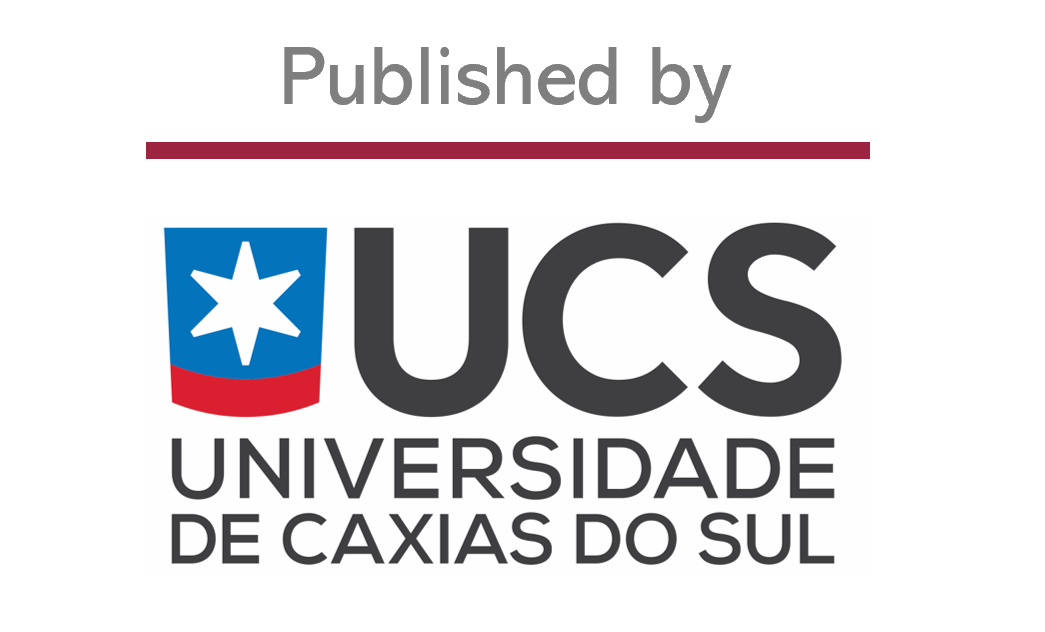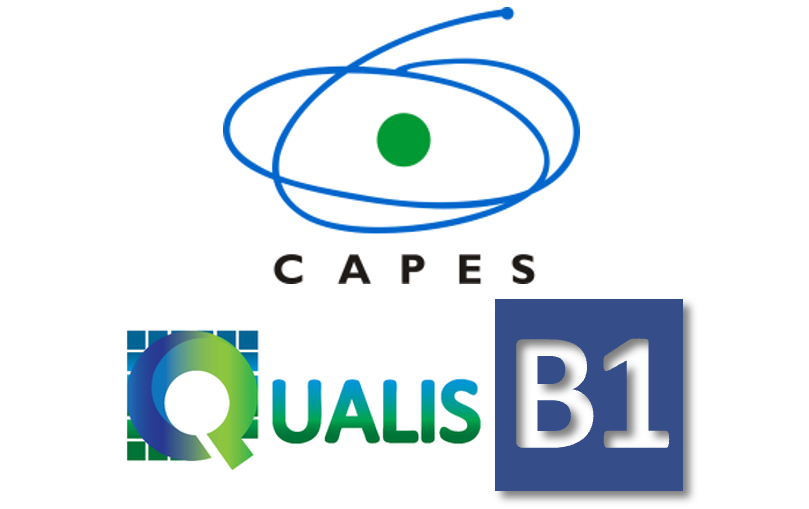Use of Augmented Reality as a Mean for Visualizing Work Instructions
Abstract
Work instructions are not always easy to interpret, because sometimes they need a certain degree of knowledge to be understood. In some cases they are extensive and this makes the operator not interested in using them. In addition, printed documents can become obsolete or can be lost due a modification in a process or product update. This study have as goal to show the steps to create an Augmented Reality experience that works like a mean for visualizing a work instruction in a manufacturing line. This system should be accessed at workstation and provide all the information about the task in an objective, immersive and interactive way. For this, a creation method with five steps was utilized, which involves from the conception phase until the functioning test. Lastly, following the creation method, it was identified that some steps are similar to the conventional process to create a traditional work instruction. Some points that require attention and some advantages were identified. It was also concluded that Augmented Reality can be used as a work instruction in a factory and enables a more intuitive and immersive way to show the information.
References
Felipe Baena et al., “Learning Factory: The Path to Industry 4.0,” Procedia Manufacuting, vol 9, pp. 73-80, 2017.
Adam Sanders; Chola Elangeswaran; Jens Wulfsberg; “Industry 4.0 Implies Lean Manufacturing: Research Activities in Industry 4.0 Function as Enablers for Lean Manufacturing,” Journal of Industrial Engineering and Management, vol 9, no. 3, pp 811-833, 2016.
Selim Erol et al., “Tangible Industry 4.0: A Scenario-Based Approach to Learning for the Future of Production,” Procedia CIRP, vol 54, pp. 13-18, 2016.
Andreas Mayr et al., “Lean 4.0 - A conceptual conjunction of lean management and Industry 4.0,”Procedia CIRP, vol 72, pp. 622-628, 2018.
Michael Rüßmann et al., “Industry 4.0: The future of productivity and growth in manufacturing industries,” Boston Consulting Group, vol. 9, 2015.
Oscar Blanco Novoa et al., “A Practical Evaluation of Commercial Industrial Augmented Reality Systems in an Industry 4.0 Shipyard,” In: IEEE Access, vol. 6, pp. 8201-8218, 2018.
Henning Kagerman; Wolfgang Wahlster; Johannes Helbig, “Recommendations for implementing the strategic initiative INDUSTRIE 4.0. Final report of the Industrie 4.0 Working Group,” Forschungsunion, ACATECH, vol. 8, 2013.
Magdalena Wyrwicka; Beata Mrugalska; “Barriers to Eliminating Waste in Production System,” In: Conference Proceedings of the 6th International Conference on Engineering, Project and Production Management (EPPM 2015), pp. 354-363, 2015.
Jafri MohdRohani; Seyed MojibZahraee, “Production Line Analysis via Value Stream Mapping: A Lean Manufacturing Process of Color Industry,” Procedia Manufacturing, vol. 2, pp. 6-10, 2015.
R.Sundar; A.N.Balaji; R.M. SatheeshKumar, “A Review on Lean Manufacturing Implementation Techniques,” Procedia Engineering, vol. 97, pp. 1875-1885, 2014.
Martin Kurdve, “Digital assembly instruction system design with green lean perspective-Case study from building module industry,” Procedia CIRP, vol. 72, pp. 762-767, 2018.
Ana Pereira et al., “Reconfigurable Standardized Work in a Lean Company – A Case Study,” Procedia CIRP, vol. 52, pp. 239-244, 2016.
VUZIX GLASSES, Available at: https://www.vuzix.com/Business-and-Enterprise-Solutions, Access at: 10 Mar. 2019.
Javier Serván et al., "Assembly Work Instruction Deployment Using Augmented Reality," Key Engineering Materials, vol. 502, pp. 25-30, 2012.
Javier Serván et al., “Using augmented reality in AIRBUS A400M shop floor assembly work instructions,” AIP Conference Proceedings, vol. 1431, pp. 633-640, 2011.
Sandra Mattsson; Åsa AB Fasth, Fast-Berglund; Johan Stahre, “Managing Production Complexity by Supporting Cognitive Processes in Final Assembly,” In: Proceedings of the 6th Swedish Production Symposium (SPS), 2014.
Mehmet Kesim; Yasin Ozarslan, “Augmented Reality in Education: Current Technologies and the Potential for Education,” Procedia – Social and Behavioral Sciences, vol. 47, pp. 297-302, 2012.
Gino Dini; Michela Dalle Mura, “Application of Augmented Reality Techniques in Through-life Engineering Services,” Procedia CIRP, vol. 38, pp. 14-23, 2015.
Julio Cabero; Julio Barroso, “The Educational Possibilities of Augmented Reality,” Journal of New Approaches in Educational Research, vol. 5 (1), pp. 46-52, 2016.
Giles Westerfield; Antonija Mitrovic; Mark Billinghurst, “Intelligent Augmented Reality Training for Motherboard Assembly,” International Journal of Artificial Intelligence in Education, vol. 25, pp. 157-172, 2015.
ATHEER AIR, Available at: https://atheerair.com/, Access at: 10 Mar. 2019.
PENNY C WEAR GLASSES, Available at: http://www.penny.se/products.html, Access at: 10 Mar. 2019.
FUJITSU UBIQUITOUSWARE HMD, Available at: http://www.fujitsu.com/fts/products/computing/peripheral/wearables/ hmd-iot001/, Access at: 10 Mar. 2019.
VUFORIA, Available at: https://www.vuforia.com, Access at: 10 Mar. 2019.
WIKITUDE, Available at: https://www. wikitude.com, Access at: 10 Mar. 2019.
Brad Pitser, “Vuforia Studio: Best Practices to Creating AR Experiences” PTC, 2018.
Valerio Palma; Roberta Spallone; Marco Vitali, “Comparative Study of Augmented Reality Sdk's,” International Journal on Computational Science & Applications, vol. 5, pp. 11-26, 2015.
Downloads
Published
How to Cite
Issue
Section
License
Declaração de originalidade e cessão de direitos autorais
Declaro que o presente artigo é original, não está sendo tendo sido submetido à publicação em qualquer outro periódico nacional ou internacional durante o processo de revisão. Através deste instrumento, em meu nome e em nome dos demais co-autores, porventura existentes, cedo os direitos autorais do referido artigo à revista SCIENTIA CUM INDUSTRIA. Contudo, a reprodução total ou parcial impressa ou eletrônica pode ser feita desde que o autor comunique oficialmente à revista. Declaro estar ciente de que a não observância deste compromisso submeterá o infrator a sanções e penas previstas na Lei de Proteção de Direitos Autorias. Declaro estar ciente de que a não observância deste compromisso submeterá o infrator a sanções e penas previstas na Lei de Proteção de Direitos Autorias (Nº9610, de 19/02/1998).




